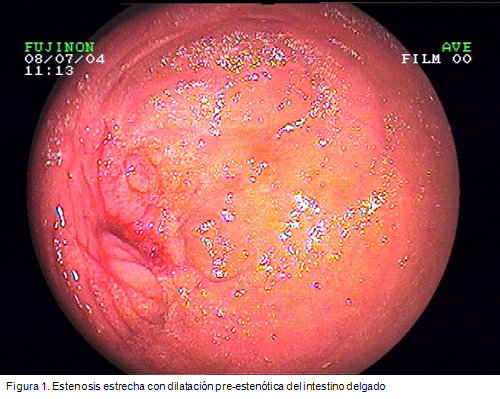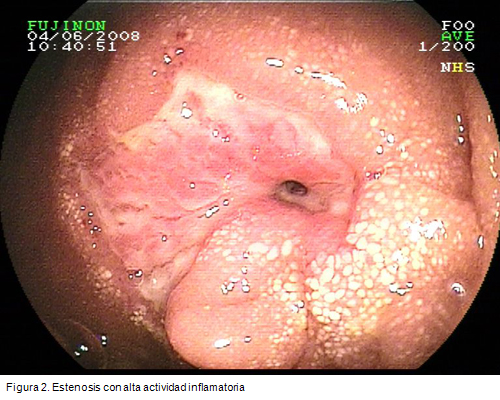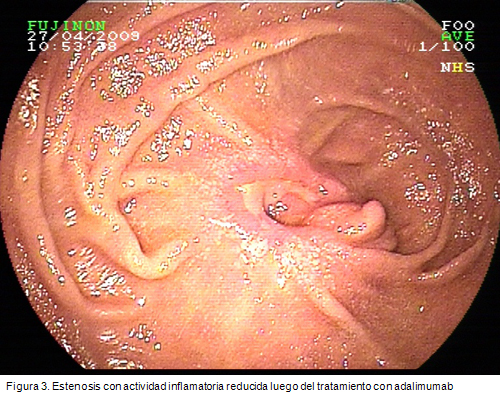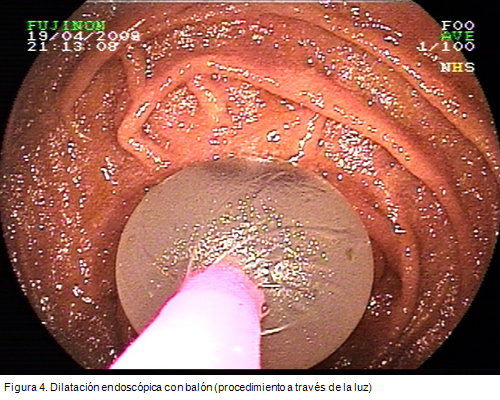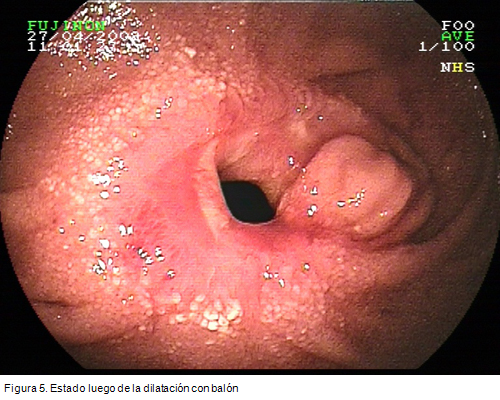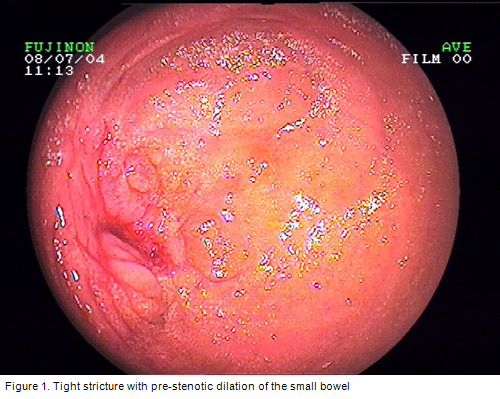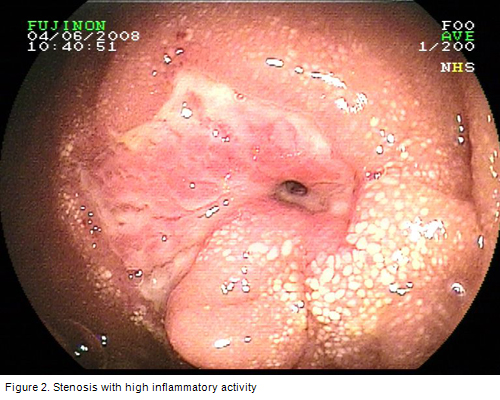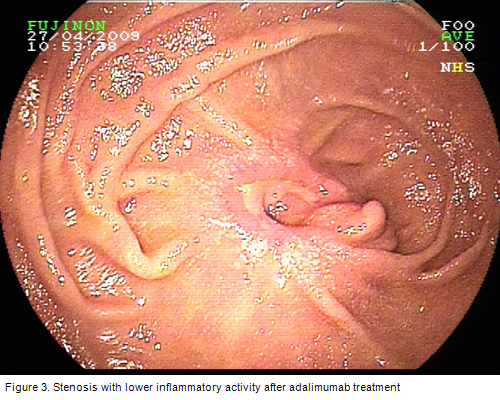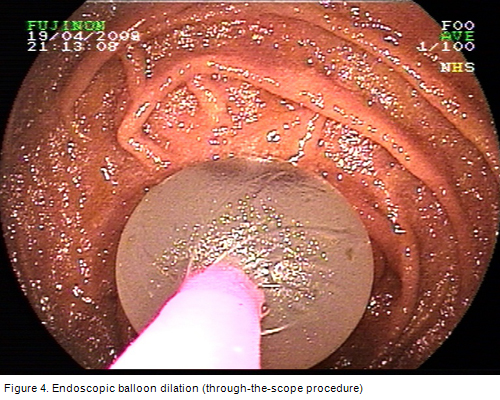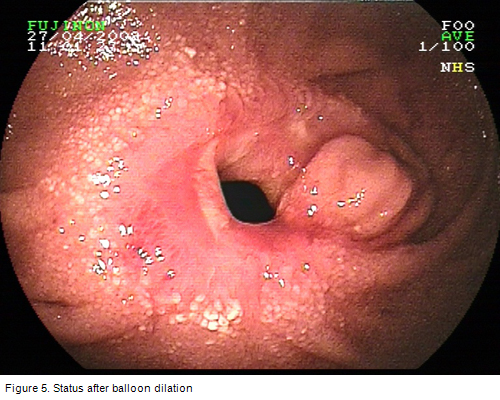LA ENTEROSCOPIA ASISTIDA POR BALON ES DE UTILIDAD PARA DIAGNOSTICAR LAS ESTENOSIS DEL INTESTINO DELGADO
La enteroscopia asistida por balón demostró ser útil y segura para el diagnóstico y para dirigir el tratamiento de las estenosis del intestino delgado.
Institución del autor
HSK Wiesbaden, Wiesbaden, Alemania
Coautores
Juergen Pohl* Christian Ell*
MD PhD, HSK Wiesbaden, Wiesbaden, Alemania*
Primera edición en siicsalud
19 de enero, 2010






